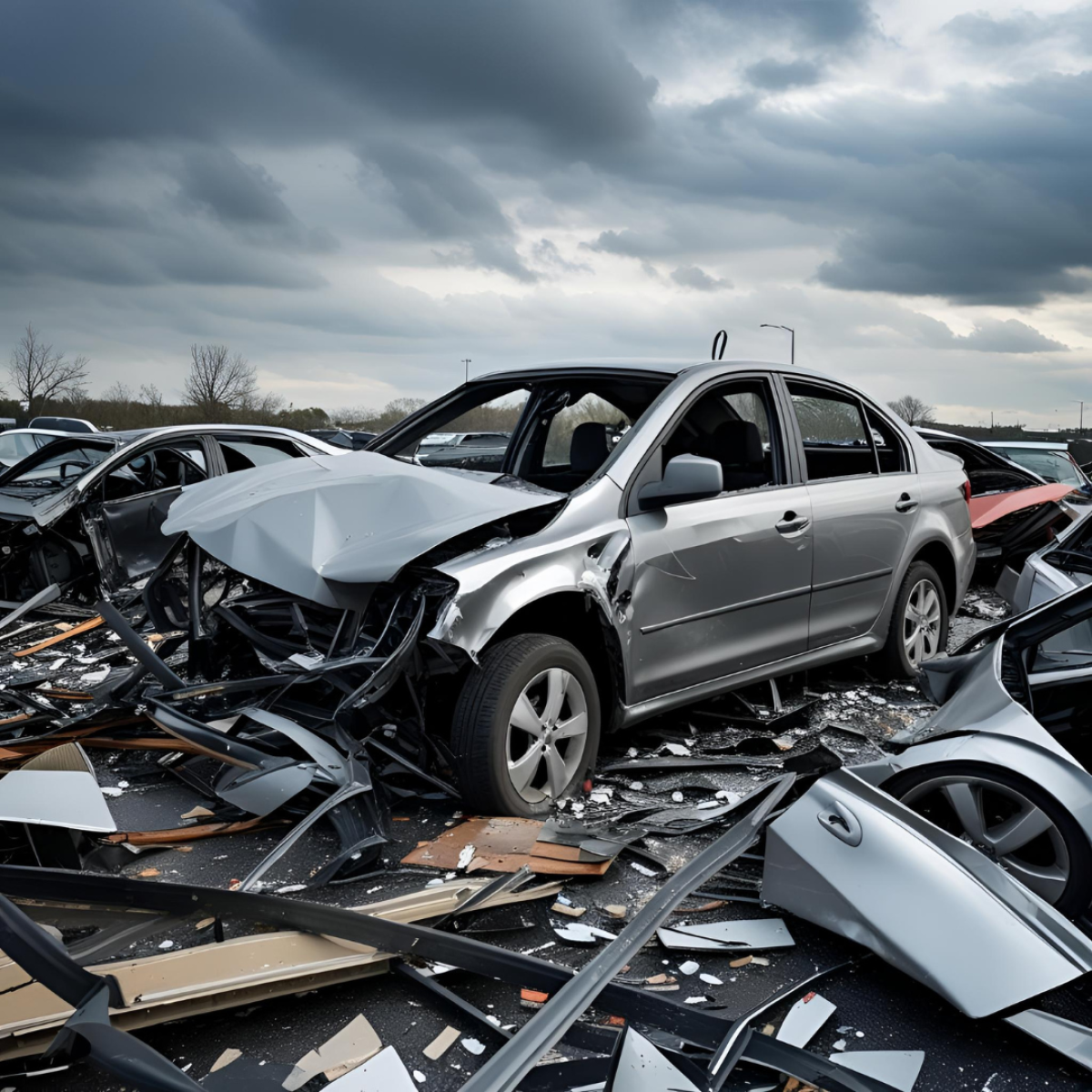The Hunt For Hidden Value: How Car Buyers Spot Worth In The Wreckage
Introduction
When a car ends up in a wrecking yard, many assume its journey is over. For the average person, a crumpled bonnet or a missing bumper means the vehicle is no longer useful. But for experienced car buyers, the story is not finished. These buyers have a keen eye for finding hidden value in vehicles others have written off.
Not every wrecked car belongs in the scrap heap. Some still carry parts, features, or potential that can be used again. Others may be repaired, re-sold, or repurposed. The process of identifying which vehicles still hold value is detailed and careful. This blog explores what these buyers look for, the steps they take, and why their work helps the automotive cycle continue.

Damage Is Not the End
One of the first things car buyers understand is that damage does not always mean total loss. Many cars that are considered written-off still have components in working condition. This includes engines, gearboxes, doors, lights, and even electrical systems. These parts can often be removed and used in other vehicles.
Even in severe crashes, the impact usually does not affect every part of the car. A rear-end collision may leave the front area untouched. A car with fire damage may still have usable wheels or suspension. Buyers learn to identify which sections of the car are intact and which are beyond repair.
Mechanical Value Over Cosmetic Look
A major factor in finding hidden worth is separating mechanical condition from appearance. A car may look rough on the outside but still drive smoothly. Dents, scratches, or a broken window can be fixed more easily than a damaged engine or twisted frame.
Buyers often inspect the drivetrain, engine health, transmission response, and steering feel. These systems are much harder and costlier to replace. If they remain in good condition, the car can either be brought back to life or parted out for good returns.
Understanding Vehicle History
A damaged car with a clear service history is more likely to hold value than one with no records. Car buyers check logbooks, past service reports, and insurance claims. This helps them understand how the car was treated before the damage occurred.
A well-maintained vehicle with low kilometres and a clean record can often be repaired for reuse. In contrast, a car with poor service history and high mileage might only be suitable for parts. Buyers use this background knowledge to make better choices when assessing a wreck.
Salvage Auctions and Yard Visits
Many buyers attend salvage auctions where insurance companies sell off damaged cars. These auctions give access to vehicles that may be too expensive to fix for the insurer but still worth something in the right hands. Bidding on such vehicles requires skill, experience, and a good sense of repair costs.
Some buyers also visit wrecking yards where they can physically inspect the vehicles. This hands-on approach allows a more accurate assessment of what can be salvaged. Some even carry basic tools to test certain parts or check fluid levels.
Environmental and Legal Checks
Before buying a damaged car, buyers check its registration status and whether it has been recorded as a statutory or repairable write-off. In Australia, laws around write-offs are strict. A statutory write-off cannot be registered again, while a repairable one may be returned to the road if fixed correctly and approved through inspection.
Buyers also consider environmental regulations when dealing with fluids, batteries, and other hazardous materials. This ensures that the process does not harm the environment and follows legal pathways.
Rebuilding or Parting Out
After purchasing a damaged car, buyers choose between rebuilding it or stripping it for parts. The decision often depends on cost, availability of replacement parts, and labour requirements.
Rebuilding takes more time but can yield better results if the car has strong demand in the market. Selling it whole after repair can return a higher amount. On the other hand, parting out allows buyers to recover their costs more steadily by selling individual parts to workshops, mechanics, or direct customers.
Knowledge Is the Real Value
What sets car buyers apart is not luck or guesswork, but knowledge. Years of experience in evaluating cars, understanding models, knowing market demand, and handling repairs give them the ability to make informed decisions.
They track which makes and models hold their value, which parts sell the most, and which repair costs are worth taking on. This knowledge reduces the risk involved and improves the chances of making a return.
When Sellers and Buyers Meet in the Middle
Sometimes, the person with the wrecked car is looking for a way to sell it without delay. This is where services such as buy cars for cash Brisbane become useful. They focus on purchasing damaged vehicles that might still hold value and often deal directly with owners who want to sell their cars in any condition. These buyers understand the real worth behind dents, broken lights, or worn tyres. By collecting vehicles from private sellers, they ensure those cars get another chance — either on the road again or as parts to keep other vehicles running.
Conclusion
Finding value in wrecked cars is both a skill and a practice built on careful observation. While many see only damage, car buyers see details others miss — a working motor, an unbent chassis, or a part that is rare in the market. They help keep the automotive industry in motion by reducing waste, recycling parts, and giving old vehicles a new purpose.
Wrecked cars do not always belong in the scrap yard. With the right knowledge, they still carry worth — if you know where to look
